Form Energy, led by a former Tesla executive and backed by Bill Gates’s Breakthrough Energy Ventures, sees the cheap metal as a solution to banking surplus green power.
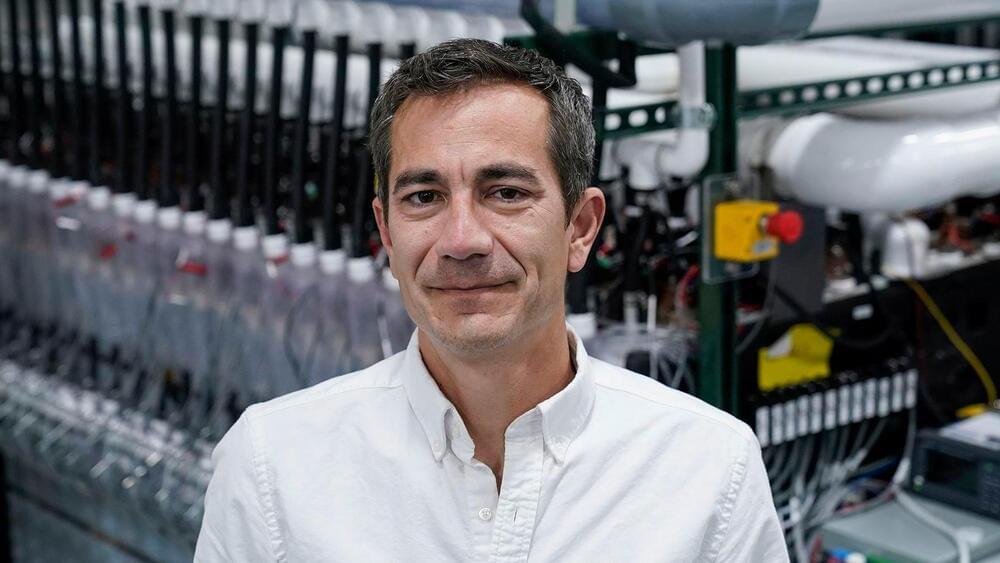

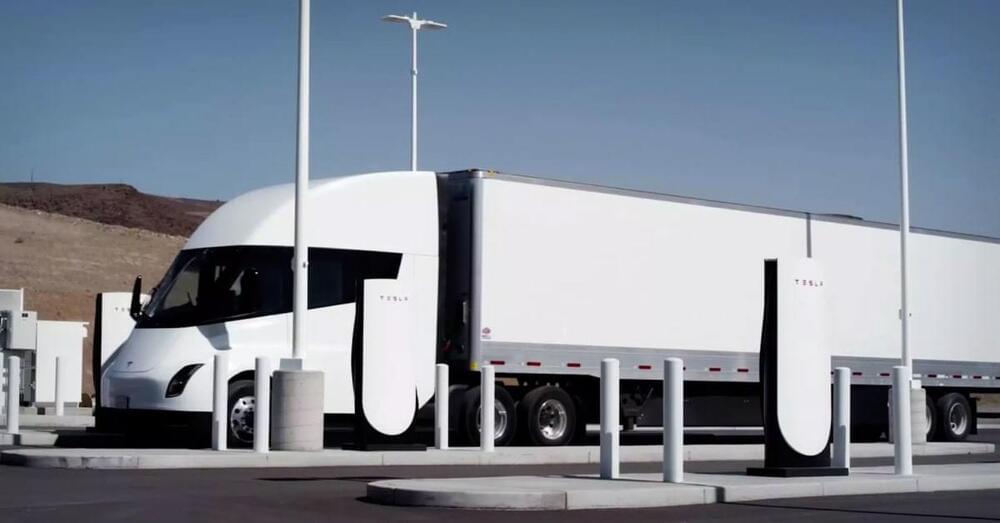
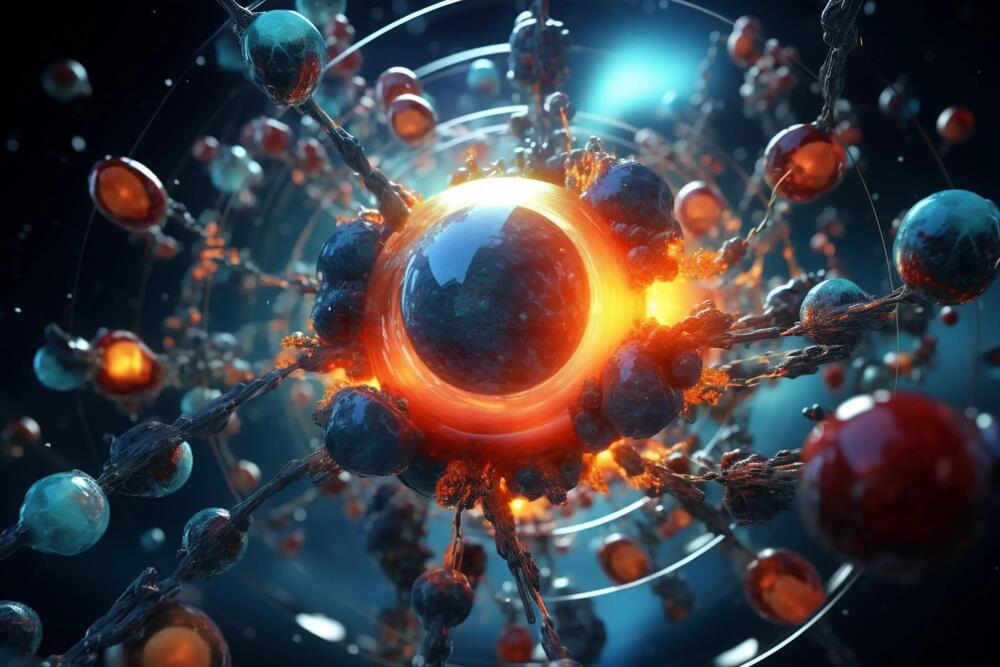
A team from the University of Chicago.
Founded in 1,890, the University of Chicago (UChicago, U of C, or Chicago) is a private research university in Chicago, Illinois. Located on a 217-acre campus in Chicago’s Hyde Park neighborhood, near Lake Michigan, the school holds top-ten positions in various national and international rankings. UChicago is also well known for its professional schools: Pritzker School of Medicine, Booth School of Business, Law School, School of Social Service Administration, Harris School of Public Policy Studies, Divinity School and the Graham School of Continuing Liberal and Professional Studies, and Pritzker School of Molecular Engineering.
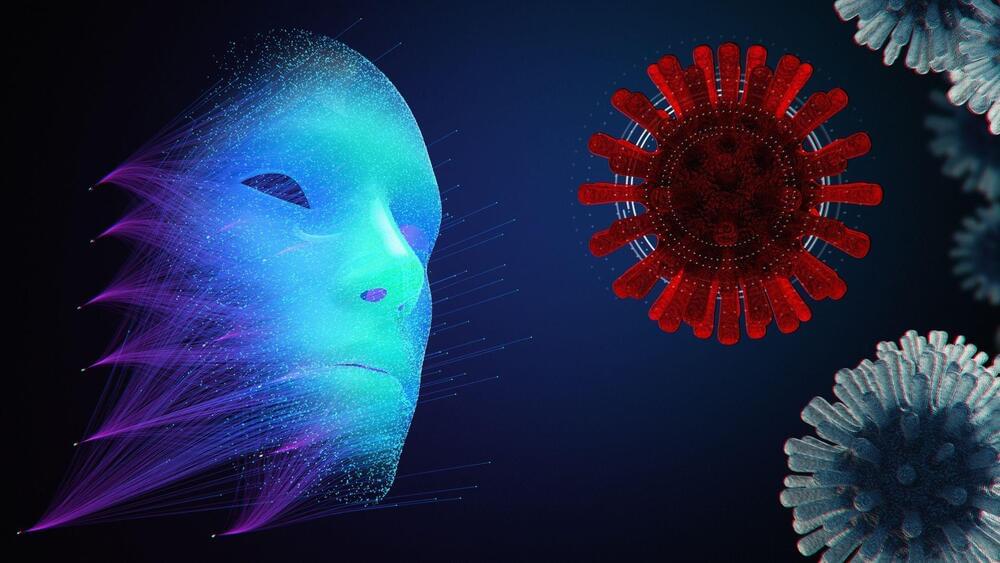
Using machine learning, the system could warn us about the emergence of dangerous virus variants in the future and allow us to prepare in advance.
We all know how devastating the COVID-19 pandemic has been – and it could have been even worse if not for the efforts of scientists and health workers around the world. But what if we could get a heads-up on the next most dangerous variants of a virus before they become a global threat?
Well, a new AI system can just do that. It can warn us about the emergence of dangerous virus variants in future pandemics, according to a study by scientists from Scripps Research and Northwestern University in the US.

There was a bit of a hubbub in February as it emerged that OpenAI had seemingly purchased AI.com in order to redirect it to the ChatGPT web interface. But now erstwhile backer, Twitter haver and X lover Elon Musk appears to have taken the valuable domain off their hands, or else someone has done it for him: AI.com now redirects to X.ai, the billionaire’s embryonic machine learning research outfit.
Of course domains are bought and sold every day. But two-letter.com domains are rare and highly expensive, especially those that form words or familiar abbreviations. When AI.com started redirecting to OpenAI’s site, Mashable pointed out that the domain could hardly have sold for less than IT.com’s $3.8 million the previous year, and likely attained a far higher price given the hype around artificial intelligence in general.
No doubt OpenAI hoped that the purchase of AI.com would turn confused URL bar typers into lifetime users. Or perhaps it intended to eventually move its consumer-facing operations (like ChatGPT’s web client) over to the shorter domain. It seems we’ll never know, because now the domain goes to X.ai.

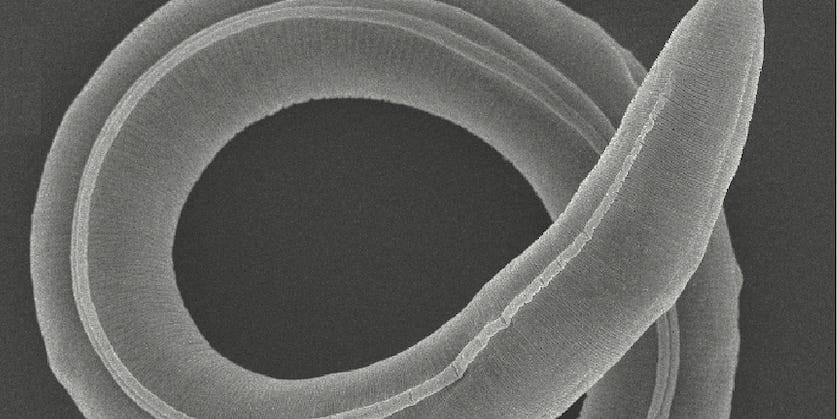
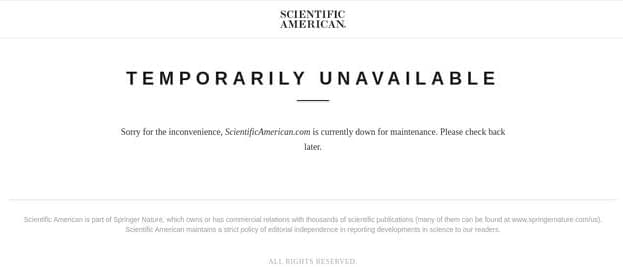
Year 2021 This bit of dna could be synthesized to essentially regrow humans if they had critical injury much like wolverine from the marvel movies.
Two species of sea slugs can pop off their heads and regrow their entire bodies from the noggin down, scientists in Japan recently discovered. This incredible feat of regeneration can be achieved in just a couple of weeks and is absolutely mind-blowing.
Most cases of animal regeneration — replacing damaged or lost body parts with an identical replacement — occur when arms, legs or tails are lost to predators and must be regrown. But these sea slugs, which belong to a group called sacoglossans, can take it to the next level by regrowing an entirely new body from just their heads, which they seem to be able to detach from their original bodies on purpose.
If that wasn’t strange enough, the slugs’ heads can survive autonomously for weeks thanks in part to their unusual ability to photosynthesize like plants, which they hijack from the algae they eat. And if that’s still not enough in the bizarro realm, the original decapitated body can also go on living for days or even months without their heads.
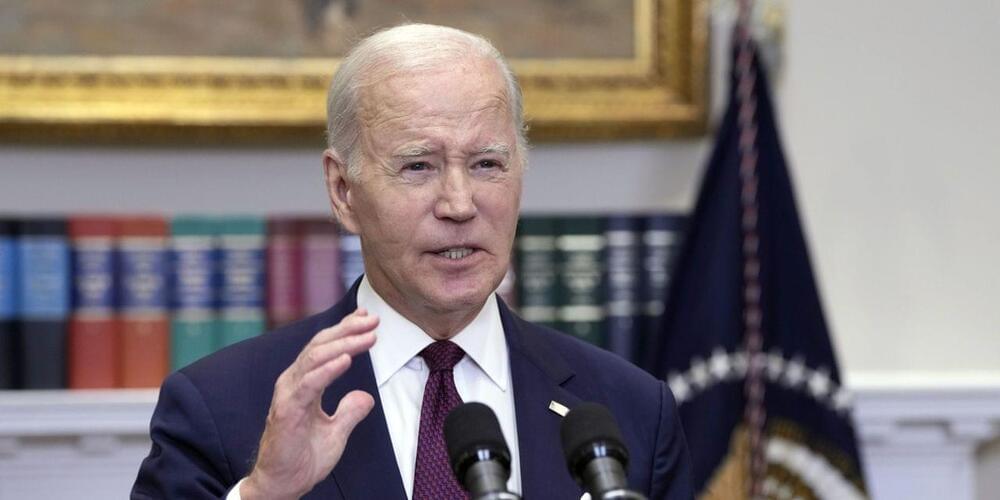
The Biden administration said Friday it struck a deal with some of the biggest U.S. technology companies to manage risks posed by artificial intelligence. However, the agreement didn’t directly address how AI systems are trained, a crucial issue as AI companies face lawsuits over alleged copyright violations.
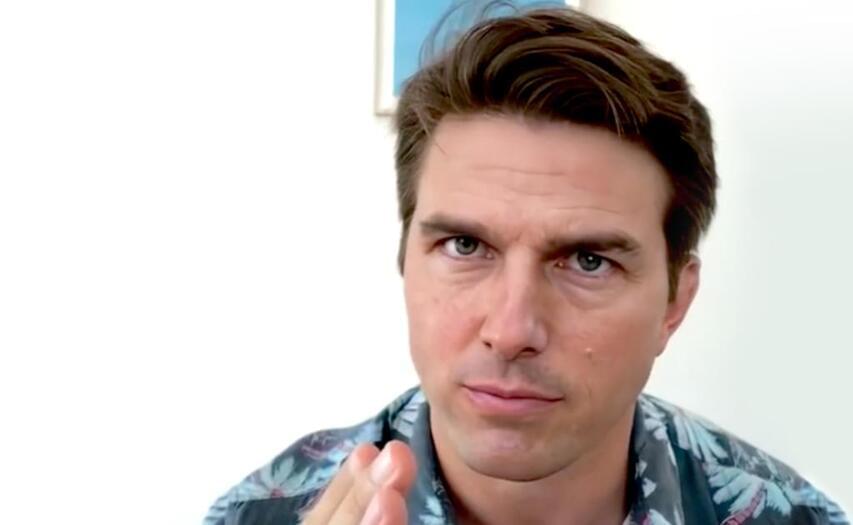
But, it turns out, the viral videos weren’t the work of some rando on the internet — a VFX artist that specializes in deepfake technology made them.
Making the Tom Cruise Deepfake
Making the Tom Cruise DeepfakeChris Ume is one of about 20 deepfake artists and technicians working at Deep Voodoo, a studio founded by South Park creators Trey Parker and Matt Stone to make deepfake-based entertainment, including their Donald Trump-skewering web series “Sassy Justice” (which also features a Tom Cruise puppet).